Title Earl of Elgin Role 7th Earl of Elgin Name Thomas 7th | Tenure 1771–1841 | |
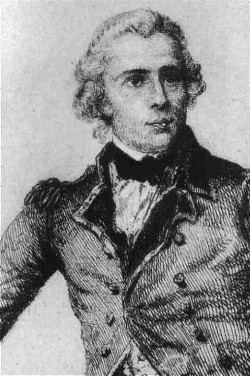 | ||
Born 20 July 1766Broomhall, Fife ( 1766-07-20 ) Spouse Mary Bruce, Countess of Elgin (m. 1799) Parents Charles Bruce, 5th Earl of Elgin Children James Bruce, 8th Earl of Elgin Siblings William Robert Bruce, 6th Earl of Elgin Similar People James Bruce - 8th Earl of El, Mary Bruce - Countess, Phidias, Victor Bruce - 9th Earl of El, George Gordon Byron | ||
Thomas Bruce, 7th Earl of Elgin
Thomas Bruce, 7th Earl of Elgin and 11th Earl of Kincardine (; 20 July 1766 – 14 November 1841) was a Scottish nobleman, soldier, politician and diplomat, known primarily for the removal of marble sculptures (also known as the Elgin Marbles) from the Parthenon in Athens.
Contents
- Thomas Bruce 7th Earl of Elgin
- Early life
- Diplomatic career
- Elgin with Parthenon Marbles
- Later career
- Family
- References
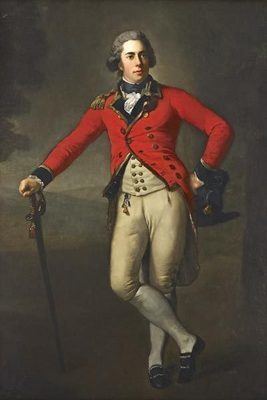
Early life
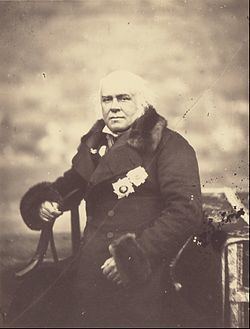
A member of the formerly royal house of Bruce, Elgin was born at the family seat, at Broomhall House, Fife, the second son of Charles Bruce, 5th Earl of Elgin and his wife Martha Whyte. He succeeded his older brother William Robert, the 6th Earl, in 1771 while he was only five. He was educated at Harrow and Westminster, and studied at St Andrews and Paris. He entered the army as an ensign in the 3rd Guards, and eventually rose to the rank of major-general.
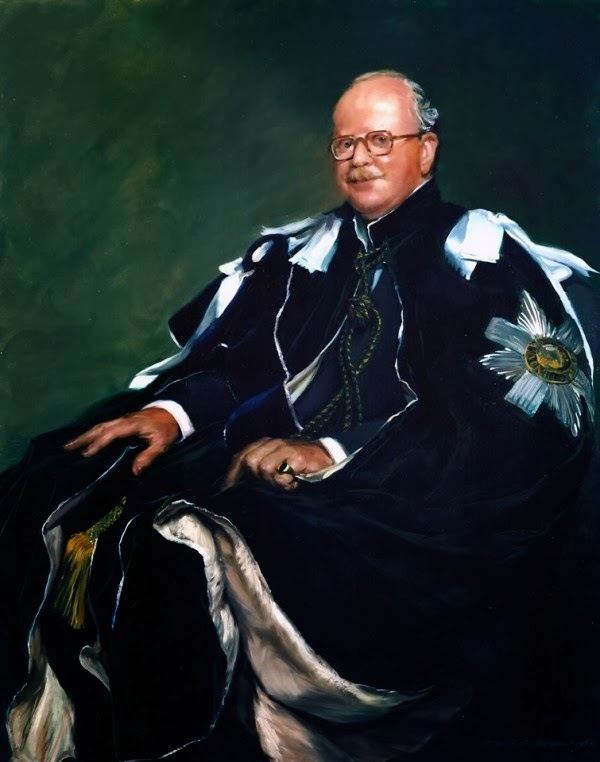
He was elected as a Scottish Representative Peer in 1790. Although he formally remained a representative peer until 1840, shortly before his death, he took almost no part in Parliament after 1807.
Diplomatic career
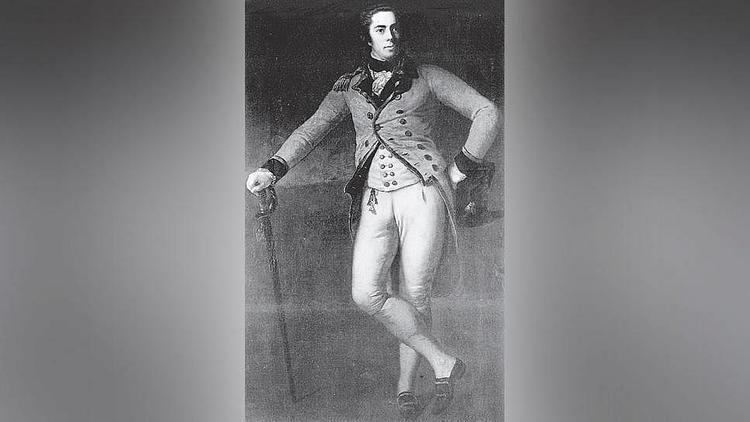
In 1791, he was sent as a temporary envoy-extraordinary to Austria, while Sir Robert Keith was ill. He was then sent as envoy-extraordinary in Brussels until the conquest of the Austrian Netherlands by France. After spending time in Britain, he was sent as envoy-extraordinary to Prussia in 1795. Elgin was appointed as ambassador to The Porte in December 1798.
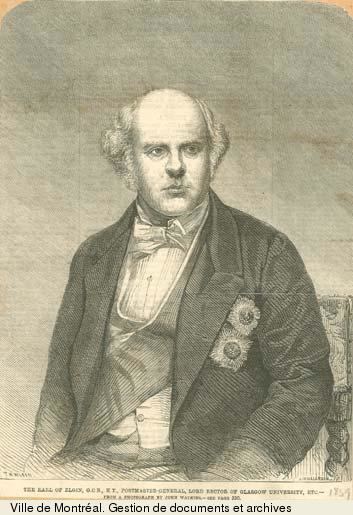
On 11 March 1799, shortly before setting off to serve as ambassador at Constantinople, Elgin married Mary, daughter and heiress of William Hamilton Nisbet, of Dirleton; Elgin finally arrived at Constantinople on 6 November 1799.
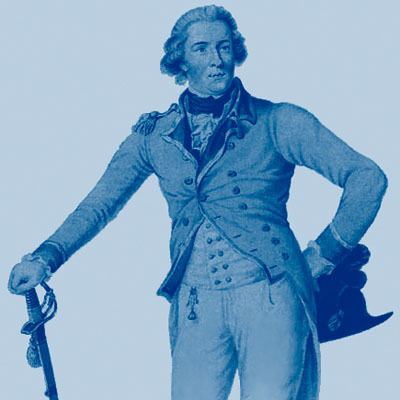
Elgin was ambassador to the Ottoman Empire between 1799 and 1803; he showed considerable skill and energy in fulfilling a difficult mission, the extension of British influence during the conflict between the Ottoman Empire and France. He departed Turkey at last on 16 January 1803.
Elgin with Parthenon Marbles
Acting on the advice of Sir William Hamilton, he procured the services of the Neapolitan painter, Lusieri, and of several skilful draughtsmen and modellers. These artists were dispatched to Athens in the summer of 1800, and were principally employed in making drawings of the ancient monuments, though very limited facilities were given them by the authorities. About the middle of the summer of 1801, Elgin received (as is said) a firman, from the Porte which allowed his lordship's agents not only to 'fix scaffolding round the ancient Temple of the Idols [the Parthenon], and to mould the ornamental sculpture and visible figures thereon in plaster and gypsum,' but also 'to take away any pieces of stone with old inscriptions or figures thereon.' Due to the loss of the original firman, it isn't sure that the translation is correct.
The actual removal of ancient marbles from Athens formed no part of Elgin's first plan. The collection thus formed by operations at Athens, and by explorations in other parts of Greece, and now known by the name of the 'Elgin Marbles,' consists of portions of the frieze, metopes, and pedimental sculptures of the Parthenon, as well as of sculptured slabs from the Athenian temple of Nike Apteros, and of various antiquities from Attica and other districts of Hellas.
Part of the Elgin collection was prepared for embarkation for England in 1803, considerable difficulties having to be encountered at every stage of its transit. Elgin's vessel, the Mentor, wrecked near Cerigo with its cargo of marbles, and it was not till after the labours of three years, and the expenditure of a large sum of money, that the marbles were successfully recovered by the divers. On Elgin's departure from Turkey in 1803, he withdrew all his artists from Athens with the exception of Lusieri, who remained to direct the excavations which were still carried on, though on a much reduced scale. Additions continued to be made to the Elgin collections, and as late as 1812, eighty fresh cases of antiquities arrived in England.
The removal of about 1/2 of the frieze metopes, frieze and pedimental sculpture was a decision taken on the spot by Philip Hunt, Elgin's chaplain (and temporary private secretary, i.e. representative, in Athens), who persuaded the voivode (governor of Athens) to interpret the terms of the firman very broadly.
Local Ottoman authorities permitted the removal of about half of the Parthenon frieze, fifteen metopes, and seventeen pedimental fragments, in addition to a caryatid and a column from the Erechtheion. He used these antiquities to decorate his mansion in Scotland and then later sold them to the British Museum in an attempt to repay his escalating debt.
On the recommendation of a parliamentary committee, which also vindicated Elgin's conduct, the "Marbles" were bought by Great Britain in 1816 for £35,000, considerably below their cost to Elgin (estimated at £75,000), and deposited in the British Museum, where they remain.
Later career
Elgin, who had been 'detained' in France after the rupture of the peace of Amiens, returned to Britain in 1806. Finding that he could not get the British Museum to pay what he was asking for the marbles, Elgin sued his wife's lover for an appropriately high sum. He divorced Mary, for adultery, by legal actions in 1807 and 1808 in the English and Scottish courts—and by act of parliament—which caused much public scandal. Then, on 21 September 1810, he married Elizabeth (1790–1860), youngest daughter of James Townsend Oswald of Dunnikier. Elgin moved to the European continent.
Family
Elgin married twice. On 11 March 1799, he married Mary (1778–1855), only child of William Hamilton Nisbet, of Dirleton; They had a son and three daughters:
After their marriage ended in divorce Mary later married Robert Ferguson of Raith (1777–1846) who had been cited in the divorce. Elgin, on 21 September 1810, married Elizabeth (1790–1860), youngest daughter of James Townsend Oswald of Dunnikier. They had four sons and three daughters, including:
Elgin died, on 4 November 1841, aged 75, in Paris.
